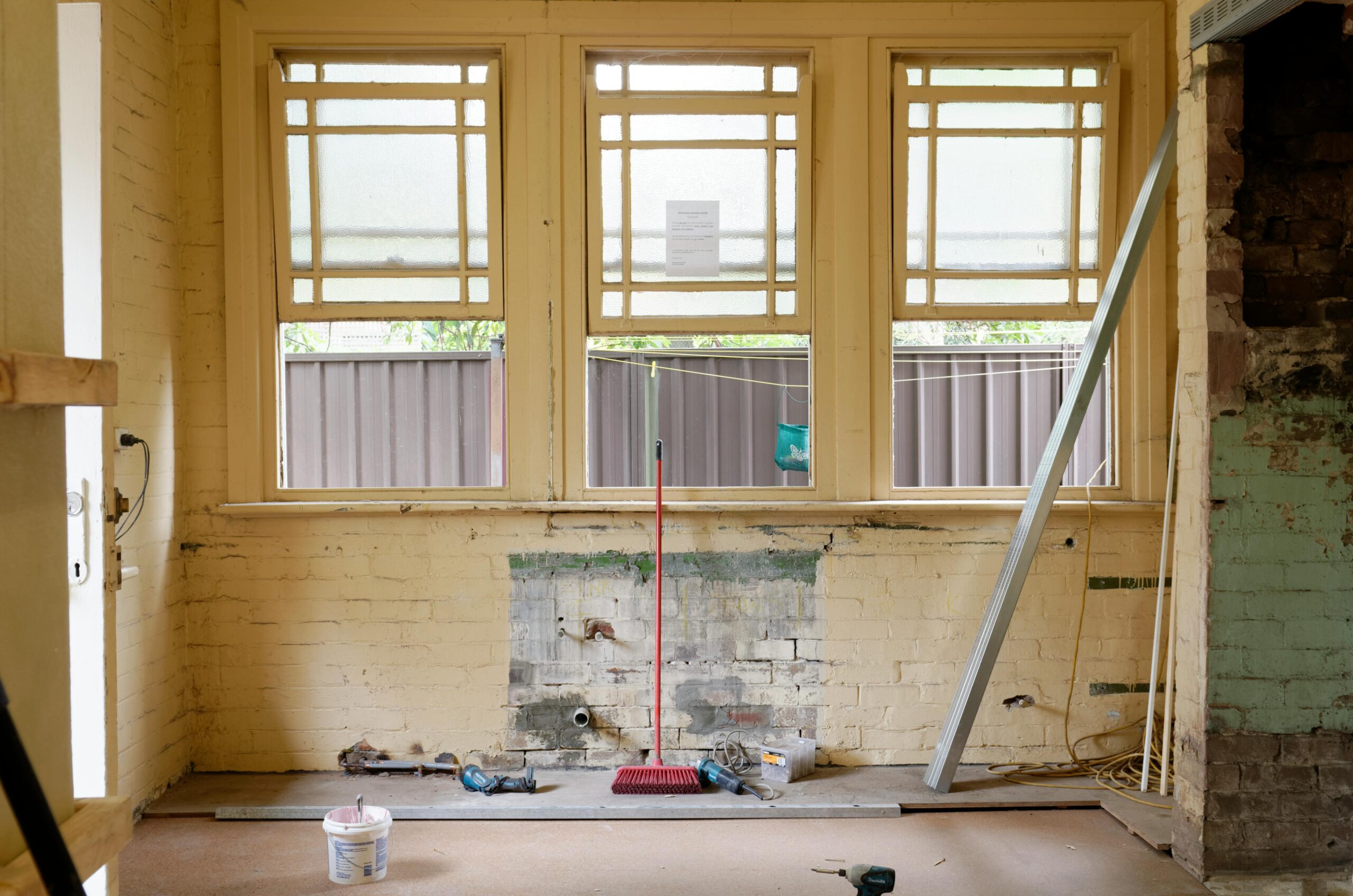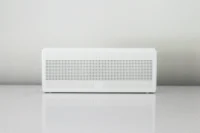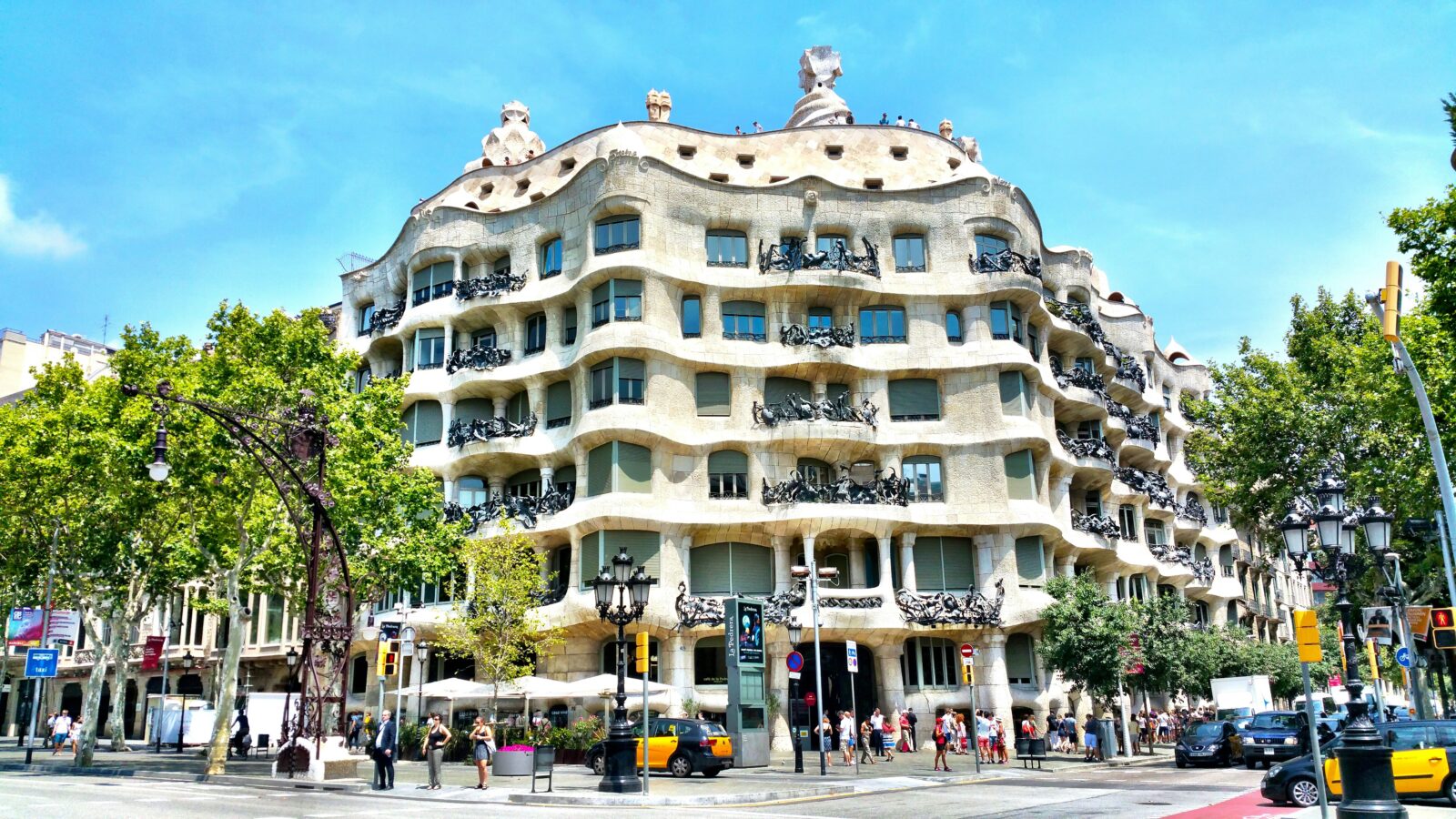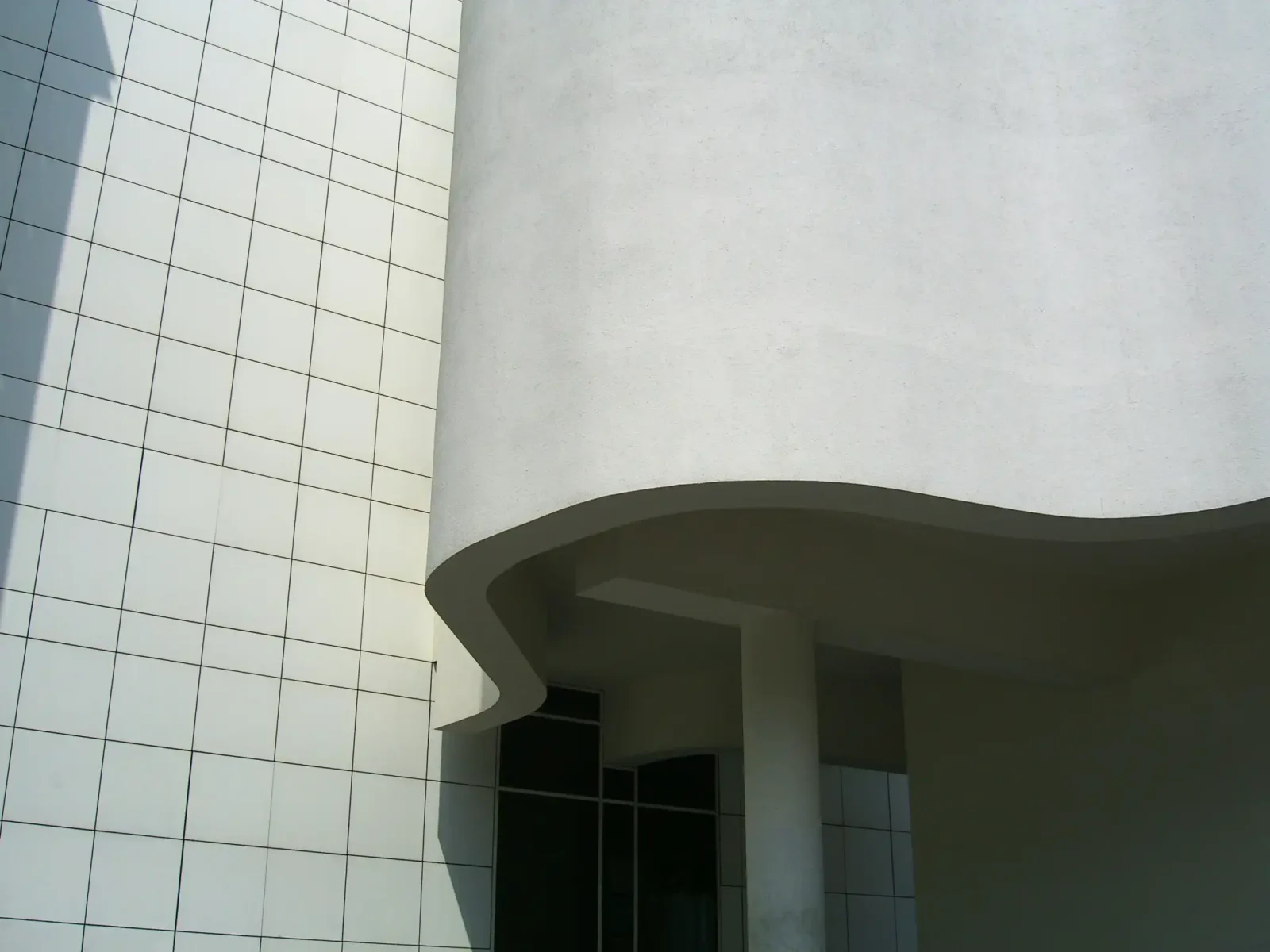- Home
- Articles
- Architectural Portfolio
- Architectral Presentation
- Inspirational Stories
- Architecture News
- Visualization
- BIM Industry
- Facade Design
- Parametric Design
- Career
- Landscape Architecture
- Construction
- Artificial Intelligence
- Sketching
- Design Softwares
- Diagrams
- Writing
- Architectural Tips
- Sustainability
- Courses
- Concept
- Technology
- History & Heritage
- Future of Architecture
- Guides & How-To
- Art & Culture
- Projects
- Interior Design
- Competitions
- Jobs
- Store
- Tools
- More
- Home
- Articles
- Architectural Portfolio
- Architectral Presentation
- Inspirational Stories
- Architecture News
- Visualization
- BIM Industry
- Facade Design
- Parametric Design
- Career
- Landscape Architecture
- Construction
- Artificial Intelligence
- Sketching
- Design Softwares
- Diagrams
- Writing
- Architectural Tips
- Sustainability
- Courses
- Concept
- Technology
- History & Heritage
- Future of Architecture
- Guides & How-To
- Art & Culture
- Projects
- Interior Design
- Competitions
- Jobs
- Store
- Tools
- More
The Art Of Home Remodeling That Balances Function With Aesthetic

Home remodeling represents more than an upgrade to living space. It embodies the merging of practical needs with creative vision, shaping an environment that reflects both lifestyle and taste. Successful remodeling requires striking a balance between functionality and aesthetics, ensuring that every design choice serves a purpose while enhancing beauty. Achieving this harmony transforms a house into a home that feels both efficient and inspiring.
Table of Contents
ToggleThe Philosophy of Balanced Remodeling
Balanced remodeling begins with a clear philosophy. Homeowners seek spaces that meet daily needs while reflecting personal style. A kitchen must allow efficient cooking yet remain inviting for family gatherings. A bathroom should support daily routines while offering comfort and elegance. This dual focus ensures that remodeling creates spaces that serve and inspire.
Function and aesthetics are not competing priorities. Instead, they complement each other. A room designed with practical storage solutions becomes more visually pleasing because clutter disappears. Likewise, carefully chosen materials add beauty while supporting durability and ease of maintenance. When viewed as interconnected, function and aesthetic blend seamlessly into every corner of a remodeled home.
Understanding the Homeowner’s Lifestyle
The starting point for any remodeling project lies in understanding lifestyle. Families with children often need durable materials, open layouts, and safety features. Individuals who work from home may prioritize office space, soundproofing, and natural light. Retirees may seek comfort, accessibility, and low-maintenance finishes.
Designers and contractors use lifestyle details to guide every decision. The choice of flooring, cabinetry, lighting, and color schemes reflects how people live daily. For example, an active family benefits from stain-resistant fabrics, while an entertainer values a kitchen designed for hosting. Recognizing these needs ensures that remodeling serves practical realities while delivering aesthetic satisfaction.
Functionality in Modern Home Design
Modern home design emphasizes function at every stage. Open layouts maximize space and create flow between rooms. Smart storage solutions, such as built-in cabinetry and under-stair drawers, reduce clutter. Energy-efficient appliances, water-saving fixtures, and sustainable materials support daily life while reducing long-term costs.
Accessibility forms another critical element of functionality. Wider doorways, walk-in showers, and well-placed handrails make homes safer and more accommodating. Homeowners who consider aging in place often prioritize universal design features that blend with modern aesthetics, proving that practicality and style can coexist.

The Role of Aesthetics in Remodeling
Aesthetics influence how a home feels. Color schemes create mood, textures add depth, and lighting highlights architectural details. Homeowners often use remodeling as an opportunity to express personality through design choices. Minimalist palettes create calm, while bold colors energize. Natural wood tones provide warmth, while sleek metals convey modern sophistication.
Aesthetics do more than please the eye. They affect comfort, productivity, and emotional well-being. A bright, airy kitchen invites family connection, while a serene bedroom promotes rest. Aesthetics give function meaning, turning practical features into parts of a cohesive story that reflects the homeowner’s vision.
Finding Harmony Between Function and Beauty
Harmony occurs when each design element serves a dual purpose. Flooring, for example, must withstand traffic while contributing to visual appeal. Lighting ensures safety while enhancing ambiance. Countertops must endure daily use while elevating the look of the kitchen. Every material, fixture, and layout decision becomes an opportunity to balance use with appearance.
Striking this balance requires careful planning. Designers evaluate how spaces will be used and choose solutions that support both efficiency and elegance. For instance, choosing quartz countertops satisfies durability needs while providing an elegant finish. Selecting cabinetry with hidden organizers offers convenience while presenting a clean visual line. Each choice becomes a bridge between practical living and stylish design.
The Importance of Professional Guidance
Home remodeling succeeds through collaboration between homeowners and professionals. Architects, designers, and contractors bring expertise that transforms ideas into realities. Their experience ensures that spaces remain functional without sacrificing aesthetic appeal.
They also help navigate challenges such as structural limitations, budget constraints, or code compliance. Working with an experienced team, such as Madrid’s Contracting and similar ones, provides confidence throughout the remodeling process. Skilled professionals guide homeowners in material selection, design balance, and efficient execution. Their insight bridges the gap between vision and reality, ensuring that function and beauty align with long-term goals.
Kitchens as the Heart of Remodeling
Kitchens often represent the centerpiece of remodeling projects. Function demands ample storage, durable surfaces, and efficient layouts. Aesthetics call for appealing cabinetry, stylish backsplashes, and inviting color palettes. Together, these priorities create kitchens that support both cooking and connection.
The work triangle, positioning the sink, stove, and refrigerator, remains a key principle of functional kitchen design. Meanwhile, open shelving, pendant lighting, and custom islands introduce aesthetic appeal. Blending practical layouts with design flourishes ensures that the kitchen becomes a space where utility and beauty coexist seamlessly.

Bathrooms That Balance Comfort and Elegance
Bathrooms provide another prime example of balancing function with aesthetics. Functional needs include water-efficient fixtures, ample storage, and easy-to-clean surfaces. Aesthetic goals involve soothing color palettes, modern finishes, and spa-like features that promote relaxation.
Walk-in showers, floating vanities, and freestanding tubs exemplify this balance. Durable tiles enhance longevity while offering endless design possibilities. Lighting placed strategically ensures visibility while creating ambiance. By merging practicality with elegance, remodeled bathrooms become sanctuaries that serve both body and spirit.
Living Spaces That Reflect Daily Life
Living rooms and family areas demand versatility. Function requires comfortable seating, storage for electronics, and layouts that promote conversation. Aesthetics introduce color coordination, statement furniture, and artwork that reflects personal taste. Together, these priorities create welcoming spaces for relaxation and gathering.
Flexible layouts accommodate different activities, from movie nights to social gatherings. Built-in shelving adds storage while framing decorative displays. A mix of natural and artificial lighting enhances both functionality and mood. These strategies ensure that living spaces remain adaptable without sacrificing beauty.
Bedrooms as Restful Retreats
Bedrooms embody the intersection of comfort and style. Functional considerations include mattress quality, storage solutions, and climate control. Aesthetic choices focus on calming color schemes, cozy textiles, and design elements that promote rest.
For example, layered lighting offers practical flexibility while setting a relaxing tone. Thoughtful placement of furniture supports flow, while soft fabrics enhance comfort. A well-designed bedroom balances efficiency with tranquility, creating a true retreat within the home.
Outdoor Spaces as Extensions of the Home
Modern remodeling extends beyond interior walls. Patios, decks, and gardens transform outdoor areas into functional living spaces. Practical needs involve weather-resistant materials, durable furniture, and safe layouts. Aesthetic goals emphasize landscaping, decorative lighting, and cohesive design that connects indoors with outdoors.
Outdoor kitchens, fire pits, and seating areas illustrate how function meets style. These upgrades expand usable space while enhancing enjoyment of nature. By balancing durability with design, outdoor spaces become natural extensions of the home’s character.
Smart Home Integration
Technology plays a growing role in modern remodeling. Smart thermostats, lighting systems, and security features enhance convenience and efficiency. Aesthetic integration ensures that these devices blend seamlessly into design rather than appearing intrusive.
For example, hidden charging stations and sleek touch panels offer practical benefits without disrupting style. Voice-activated systems simplify daily routines while enhancing comfort. Smart integration exemplifies how innovation can improve functionality while preserving visual harmony.

Materials That Support Both Form and Function
Material selection often defines the success of remodeling projects. Hardwood flooring, quartz countertops, and ceramic tiles deliver durability while elevating design. Recycled or sustainable materials support environmental responsibility without sacrificing appearance.
Selecting finishes requires attention to both performance and style. Matte surfaces reduce fingerprints while offering modern appeal. Natural stone adds elegance while resisting wear. The right materials ensure that homes remain both beautiful and practical for years to come.
The Financial Dimension of Remodeling
Budget considerations influence how function and aesthetics balance in remodeling. Wise planning ensures that investments yield long-term value. Prioritizing durable materials reduces future maintenance costs. Strategic upgrades, such as kitchens and bathrooms, enhance property value while improving daily living.
Homeowners benefit from setting clear priorities. Identifying must-have functional features allows for flexibility in aesthetic choices, and vice versa. Professional guidance helps maximize budget impact, ensuring that money spent enhances both usability and beauty.
Sustainability as a Remodeling Priority
Sustainability increasingly shapes remodeling decisions. Energy-efficient appliances, recycled materials, and low-VOC paints protect both the environment and homeowner health. Aesthetic design adapts to these choices through creative integration of eco-friendly elements.
Green roofs, solar panels, and water-saving fixtures represent functional solutions that also contribute to a modern aesthetic. Incorporating sustainable practices reflects responsibility while enhancing design innovation. Sustainability proves that environmental care and visual appeal can work hand in hand.
Regional Styles and Cultural Influences
Geography and culture influence how homeowners approach remodeling. In coastal regions, designs often emphasize open layouts, natural light, and salt-resistant materials. In colder climates, insulation, fireplaces, and warm textures take priority. Cultural influences introduce unique patterns, colors, and materials that express heritage while supporting practical needs.
Balancing function and aesthetics means adapting remodeling to local conditions. Materials must withstand climate while honoring personal and cultural preferences. This integration creates homes that feel grounded in both place and personality.
The Role of Lighting in Balance
Lighting shapes how spaces function and appear. Task lighting supports cooking, reading, or working, while ambient lighting creates mood. Accent lighting highlights art, textures, or architectural details. A thoughtful lighting plan balances these types to maximize both function and visual impact.
For example, under-cabinet lighting in kitchens ensures visibility for food preparation while adding a warm glow. Dimmer switches offer flexibility, supporting both practicality and ambiance. Lighting design illustrates how simple choices transform daily experiences.
Storage Solutions That Combine Utility With Style
Storage often becomes the difference between a chaotic home and a harmonious one. Hidden cabinets, built-in shelving, and multi-purpose furniture enhance function without sacrificing appearance.
Stylish solutions such as custom closets or under-bed drawers combine elegance with efficiency. Open shelving allows for decorative displays while providing practical access. By treating storage as both functional and aesthetic, homeowners create order that looks and feels intentional.

Remodeling for Multi-Generational Living
Multi-generational households have become more common, and remodeling adapts homes for shared living. Function requires privacy, accessible layouts, and enough bathrooms to accommodate everyone. Aesthetics aim to create cohesive spaces that reflect unity while respecting individuality.
Separate entrances, secondary kitchenettes, and flexible common areas balance independence with togetherness. Thoughtful design ensures that shared spaces encourage connection while private spaces maintain comfort. This trend highlights how remodeling continues to evolve alongside family structures.
The Emotional Value of Remodeling
Remodeling holds emotional as well as practical value. Creating spaces that align with lifestyle and personality brings pride, comfort, and joy. Functional upgrades ease stress in daily routines, while aesthetic improvements foster inspiration and happiness.
The process itself strengthens the connection to home. Active participation in design decisions builds a sense of ownership and meaning. When projects conclude, families feel both satisfaction and a renewed bond with their living environment.
Long-Term Maintenance of Balance
Achieving balance during remodeling marks the beginning, not the end, of the journey. Long-term maintenance ensures that homes continue to serve and inspire. Regular inspections, updates, and thoughtful care preserve both function and aesthetics.
For example, maintaining grout in bathrooms supports water resistance while protecting visual appeal. Repainting walls refreshes style while safeguarding surfaces. Regular attention keeps homes aligned with evolving needs, ensuring that the balance established during remodeling endures.
Color Psychology in Remodeling
Color influences both mood and functionality in a remodeled home. Warm tones such as terracotta and beige create cozy environments perfect for living rooms and dining areas. Cool shades like blue and green encourage relaxation, making them ideal for bedrooms and bathrooms. Neutrals provide versatility, serving as timeless backdrops that balance bold accents.
Designers use color psychology to align aesthetics with purpose. A home office painted in energizing hues can promote productivity, while softer tones in family spaces foster connection. Pairing functional layouts with mindful color choices ensures that remodeled spaces serve practical needs while reflecting the emotions homeowners wish to feel in their environment.
Home remodeling represents an art that blends practicality with beauty. Function ensures that spaces meet daily needs, while aesthetics bring comfort, personality, and joy. From kitchens and bathrooms to outdoor areas and smart integrations, every element contributes to harmony. With guidance from experienced professionals, thoughtful material choices, and sustainable practices, homeowners achieve a balance that reflects both utility and inspiration. Remodeling done with this vision enhances property value and enriches daily living, creating homes that stand as lasting expressions of both function and aesthetic.
A licensed architect with hands-on studio experience, I translate complex design ideas into clear, engaging stories for a global audience. As a seasoned content writer and editor, I craft articles, project features, and thought-leadership pieces that illuminate emerging technologies, sustainable practices, and cutting-edge design trends—always with an architect’s eye for detail, accuracy, and narrative flow. My goal is to bridge practice and publication, giving fellow professionals and curious readers alike the insight and inspiration they need to push architectural boundaries.
Submit your architectural projects
Follow these steps for submission your project. Submission FormLatest Posts
The Ultimate Guide to Fencing in North Dakota: Choosing the Best Fence for Your Property
Watching a chain link fence twist in 70 mph winds near Minot...
Gaudí: Where Architecture Meets Science
Gaudí: Where Architecture Meets Science shows catenary arches, ruled surfaces, and biomimicry...
How Housing Market Forces Shape Architectural Design Today
Architecture never exists in isolation. Buildings rise from a mix of ambition,...
Why Portable Formaldehyde Gas Detectors Matter on Construction Sites
As construction practices shift toward more enclosed and material-intensive environments, the risk...












Leave a comment